|
I'm in the process of organizing a zine workshop at my local library, and I came across this little story I captured back in 2018.
0 Comments
On August 12, 2021, I was invited on the 1A NPR show to talk about what it's like to live in a wildfire area, and how I reconcile that with my work as an environmental scientist. That was a really interesting experience, and it gave me some food for thought over these next weeks and. months. https://the1a.org/segments/dixie-fire-california/
July 18, 2021. As soon as I heard about the mandatory evacuation, I headed to Meadow Valley to help my sister and brother-in-law and their houseguest to evacuate. My sister was worried that her husband would refuse to leave, but the promise of a good dinner helped get everyone into cars and heading to my mom's house in town. The first photo from Bucks Lake Road on my way to Meadow Valley, and the second taken after dinner from the end of my street. The smoke plume was creating its own weather in the very hot and very dry weather. It's very disconcerting to look up from work to see this outside your living room window. July 22, 2021, just a short time after another tree on a power line started the Fly Fire. This being Plumas County, population 20,000, I knew the person who witnessed the start of that fire, and another brother-in-law almost got caught in it while working a water tender to fill the fire train at Keddie along Spanish Creek. A few hours later, my neighbors and I gathered at the end of our street to see the fire running up Mount Hough, looking very close to our town. We had no idea whether the larger Dixie Fire was spotting so far ahead of itself and whether further spotting could endanger us, and we talked about whether to leave. August 4, 2021, a couple days after returning from evacuating first to Reno and then to Sacramento. (Let's just say that four families with four different dogs is not a recipe for peaceful cohabitation in one house!) Even though the air was cleaner, it meant that the fire was more active as the sun heated everything up and the smoke no longer shaded the fire. The fire was expanding catastrophically to the north, where it destroyed most of the buildings in Greenville on August 4th. Also photographed from the end of my street looking north across American Valley, one of my favorite views in the entire world. August 7, 2021 at the other end of my street, where the smoke inversion socked us in and made the air toxic. This kind of condition is usually in the dark purple AQI (air quality index) range for PM2.5 - 200, 400, and once last year during the North Complex it hit 800 for a little while.
I've heard a lot of conversation this week about the SEC's indication that it will start to look more closely at the disclosures companies are making about their climate impacts. I spend a lot of time looking at 10-K and 10-Q reports from public companies, so I get to see a wide range of discussions. But I thought it would be interesting to look specifically at banks and some of the greenwashing traps they fall into.
Read more about the SEC's disclosure review at Bloomberg: https://www.bloomberg.com/news/articles/2021-04-21/sec-targets-greenwashers-to-bring-law-and-order-to-esg-green-insight Photo by Sharon McCutcheon on Unsplash My first exposure to the debt capital markets was way back in 1989 when I spent 6 months working for Citicorp in Manhattan, writing up the assignment and assumption agreements in the legal department when loans were sold. I think it took 5 of the 6 months for me to figure out what was going on, and then I got a job in environmental consulting and went back to doing stuff I felt knowledgeable about. Back in 1989, I had only the vaguest notion that I was a cog in the machine that was originating and selling corporate debt and real estate loans, mostly to smaller banks and savings and loans. It was years later that I remembered the parade of names I had inserted into my document templates as the savings and loan crisis continue to unfold and led to the failure of over 1000 small banks. Syndicating a loan spreads the risk
So first things first, what is an assignment agreement or an assumption agreement? It’s the way that a large loan that is originated by one bank gets broken into smaller pieces and sold to other banks. Assignments pass along the debt to the purchasing bank while the selling bank may retain responsibilities such as serving as agent. Assumption agreements pass along all aspects of the debt to the purchasing bank, and there is no remaining responsibility for the seller. Another option is for a group of banks to get together and originate the loan as a club, in which case all their names are included in the origination credit documents and there is no assignment or assumption agreement. In all of these cases, there will be one or more agent banks, one administrative agent bank, and participating banks, all holding a piece of the total loan. The whole process is called syndicating a loan, and the virtual place where this happens is the debt capital markets. Why do banks syndicate loans? Banks that originate loans may choose to sell all or pieces of the loan in order to reduce their overall exposure to a particular borrower or industry or region. Banks that buy the loans have an easy way to extend credit on a project with attractive interest rates without the cost and time it takes to originate the loan themselves. Agent banks receive extra fees for serving as the agent bank, coordinating all the banks and overseeing the performance of the loan. Due Diligence and Syndicated Loans Let’s talk about agent banks first. When a bank serves as the administrative agent during a loan origination, their appraisal, engineering, and environmental department will coordinate all the third party due diligence. When I know that a loan will be syndicated, I check to see if there are other banks involved in the underwriting, and as much as possible I try to coordinate our scope of work so that we are meeting all policies and procedures for the banks that are helping to originate the loan. Each bank must independently review and approve the proposed loan, so we sometimes talk with the environmental or engineering staff at the other banks to make sure that we’ve identified all the risks and put in place mitigants or post-closing requirements and corresponding loan agreement language to manage environmental conditions, capital improvements, natural hazards, or construction risks. Once the loan has closed, when a bank is selling all or a portion of their position, the bank who makes this purchase is committing to a secondary participation. Since all the due diligence was completed and all the risk decisions were made at the time of origination, there is no room to make changes and the bank is making a yes or no decision based on the information that’s available. What happens when a syndicated loan fails? Even before a loan defaults, each of the participating banks are monitoring the loan and communicating about any concerns over the borrower’s repayment of the loan. If something bad happens and borrower defaults, then the administrative agent bank is responsible for communicating with the borrower, gathering information as needed, and coordinating with all the participating banks to get the loan back on track or to work out a bankruptcy or liquidation or other problem. As the manager of my bank’s environmental and engineering risk team, I am involved with both the originating of loans and also the workout and eventual resolution of defaulted loans. It is a great learning opportunity to have a full understanding of the different ways that banks respond to defaults. There are a number of ways to recover the loan amount, but we are most involved when the bank has decided to take the assets that make up the loan collateral. When we order environmental and engineering studies from our consultants, the scope of that work is dependent on whether the loan is being originated, whether we are studying one particular aspect of a non-performing loan, or whether we are considering enforcing on the collateral, whether it’s a piece of real estate, a construction project, or a company. Sometimes a bank ends up owning the asset and holding it for a while before it can be sold to recover some of the loan amount. That’s a good topic for a future post! My social feeds this week are full of commentary about what it’s like to live through a year of pandemic and leadership lessons from our experiences. Quite frankly, it’s rare that we as a society learn leadership lessons after a disaster. After participating in disaster response and management for decades, I’ve come to the conclusion that these experiences shape us as individuals, but rarely have a collective impact to avoid the next disaster. This week I’m thinking of a different traumatic event that occurred 10 years ago in Japan on March 11th, the triple disaster of a 9.1 magnitude earthquake, a devastating tsunami, and a nuclear meltdown. My three children and I lived in Tokyo during that time, and we’ve been talking about what has stayed in our memories after 10 years. So instead of trying to glean lessons from trauma, I’m going to share a few memories. From a family perspective, here are some of our strongest memories:
Here are a few vivid memories of my work as a crisis manager for GE Japan:
Financial industry smarts for environmental professionals No 2 in a meandering series I had a chance to work on some reviews this past week for both ground leases and sale-leasebacks, so I thought it would be fun to talk about how these affect the way that environmental due diligence is performed and decisions are made about environmental risks.
Before I get into ground leases and sale-leasebacks, let’s make sure everyone is clear about the definition of the collateral that is securing a loan or lease or other credit being extended. In addition to real property - land and buildings - the collateral can include a ground lease, equipment, and the value of contracts. (By the way, when you hear the term “boot collateral,” that usually refers to real estate or other property that is included in the loan but does not contribute value to the security package.) Ground Lease A ground lease means that the ownership of the underlying land is different from the buildings or factory placed on the land. Most ground leases have very long terms such as 50 or 99 years. In the U.S., at the end of the lease term the improvements on the land typically revert back to the lessor. However, in some countries such as Japan the lease term tends to be a little shorter and all improvements must be removed at the end of the lease term. Whenever possible, I try to review the ground lease before I do any due diligence on a loan with this feature. That way, I can review any disclosures made by the ground lessor, any indemnities being made or required, and any terms and conditions required at the end of lease term or in the event of transfer. Our legal team ensures that the terms of the lease agreement are acceptable to the bank in the event that there’s a default on the loan and the bank considers taking title to the asset. Understanding the ground lease can help determine the scope of the environmental assessment, for example:
Sale-Leaseback A sale-leaseback transaction involves a simultaneous sale of the property with a lease of the property back to the seller. The property could be real estate, but it could also be equipment or other assets with sufficient value to serve as security, everything from airplanes to forklifts to conveyer belts. I’ve even worked on transactions involving the sale-leaseback of every piece of equipment in a factory. Why would a company want to enter into a sale-leaseback type of financing, given the complexities and tax issues involved?
From an environmental standpoint, there is one key consideration for sale-leaseback transactions. Rather than being a lender, the bank becomes the owner of the property or equipment, so any due diligence needs to be scoped to identify risks that would affect a property owner. In the United States, the bank no longer benefits from the secured creditor provisions in the federal Superfund law or state cleanup laws. In addition, the bank could become jointly liable for environmental compliance under the federal hazardous waste law, the Resource Conservation and Recovery Act, and state counterparts.
Any due diligence for a sale-leaseback needs to consider not just contamination at the property, but also other conditions or operations at the property that could result in an owner obligation or liability. Once the due diligence gets reviewed by the technical experts, a consultation may be needed with legal counsel to ensure that both the purchase agreement and the lease agreement reflect the true conditions at the property and include provisions that protect the bank from environmental liability. There are some kinds of businesses that are simply not good candidates for this kind of transaction, including those with intensive chemical use like plating shops and hazardous waste management companies. Photo credit: Science in HD on Unsplash Views and opinions expressed on my blog are mine alone and have not been reviewed or approved by my employer. Any errors in my blog posts are entirely my own. I got an early education about how different legal systems can shape decision making and problem solving. I grew up in Hawai’i during a time when there was a growing awareness of Hawaiian arts, language, culture, and science. And along with that came an examination of the legal systems put in place during the monarchy that grew from the concept of shared responsibility for land resources. Because the monarchy was illegally overthrown by Americans, its laws and land system have never fully disappeared from the legal landscape, and some of those concepts still exist today.
The story of Facebook CEO Mark Zuckerberg’s efforts to create a remote and exclusive estate on Kauai ran afoul of legal and constitutional rights of native Hawaiians, his involvement being only a part of a really interesting saga Trisha Kehaulani Watson wrote for Honolulu Civil Beat in 2019. Whether you are financing the development of an estate in Hawai’i, signing an equipment lease in South Korea, or foreclosing on contaminated land in New South Wales, Australia, it’s critical to understand how the laws in your jurisdiction affects your environmental risks. Not only do you need to understand the environmental laws of the place where you are doing business, but you need to then match your understanding of environmental risks to the options available to financiers to collect a loan balance, enforce on property, or exit a contract. The way that different jurisdictions regulate environmental impacts can have a big impact on whether a condition triggers action to address a health or safety condition under a particular law or regulation. California’s very specific and detailed requirements for soil vapor intrusion means that many more properties in California are being cleaned up for chlorinated solvents in soil gas compared to Texas, where there are no specific requirements. The differences between different states can extend to lender protections. For example, in California, lenders have broad rights to investigate and even clean up properties without taking on legal liabilities under state cleanup laws, even where the lender takes title to the property for the purpose of recovering loan exposures, as long as the property is then disposed of promptly, usually within a year. But in some states these protections may not extend to affiliated legal entities that are formed to hold the asset. Lender protections that are written into the U.S. Superfund law and many U.S. state cleanup laws will not apply to other kinds of environmental requirements, for example underground storage tanks or asbestos in building materials. Once again, it’s critical to understand the jurisdiction you’re working in and to get the right kind of legal support to sort out how jurisdictional requirements match to the environmental risks identified for a particular financial transaction. And then there’s the difference between civil law and common law countries and how that relates to tort liabilities….ah, but that’s a topic for another day. I spent part of the weekend catching up on a backlog of reading, including this document from the Governor's Wildfire Commission.
My stepdad's home insurance was canceled shortly after the Camp Fire, and his insurer also canceled policies of other people in our town. That started a conversation among my friends and family about how we cope with insurance, since our entire county is essentially a high risk wildfire zone. Some folks have just reduced their coverage level in order to make insurance affordable. Others are digging deeper to pay higher premiums. And of course getting cancelled is a big hassle while you are lining up a new insurance plan. My insurance company has signed me up for a risk mitigation plan, which I am guessing is a prelude to setting standards that I'll have to meet or else get cancelled. And almost everyone I know lives in an older home that doesn't meet the Chapter 7A requirements for building exterior wildfire exposure. So what to do the experts say? Generally the approach is that we have deal with the underlying risk, that it's not healthy to subsidize insurance to mask that risk. So there are not going to be any easy answers for me and my family and neighbors as we try to balance our finances and our safety. Yet the number of people who live in the wildland urban interface (WUI) is very large and growing. According to the Hoover Institution, "In 2010, California had more people and homes located in the WUI than any other state in the continental United States—close to 4.5 million homes and 11 million people. The “fastest-growing land use type” in the continental United States, the WUI swelled by almost a thousand square miles in California alone between 1990 and 2000. Nationwide, sixty percent of all new home construction between 1990 and 2016 took place in the WUI. Across the country, the federal government owns or leases over 6,200 buildings located in the WUI, which President Obama sought to protect in 2016 by issuing a WUI building standard for federal facilities."  Geek Alert: Transparent Wood! Check out this article about some of the new wood science being done by engineers and scientists out there like Céline Montanari at the KTH Royal Institute of Technology in Stockholm. The idea of using the plant cells in wood and then filling them with a fluid that helps with temperature control? Will we be using transparent wood to provide light and improve passive solar properties of our houses in mountain climates? I can imagine now how much that would be appreciate during the short dark days of winter. Sometimes people tell me I'm just too optimistic, with my head in the clouds over all these innovations. But as with all progress, we have to dream big and try lots of different ideas, knowing that not all will become big commercial successes. I love to celebrate the people who are dreaming about how to use wood products in new ways that will be reflect a new, low-carbon world. Right now the State of California is developing a new wood products academic center of excellence, and I'll write about that when I learn more details about where it will be based and who will be directing this exciting new program. |
Marty WaltersEnvironmental Scientist Archives
March 2021
Categories
All
|
Proudly powered by Weebly



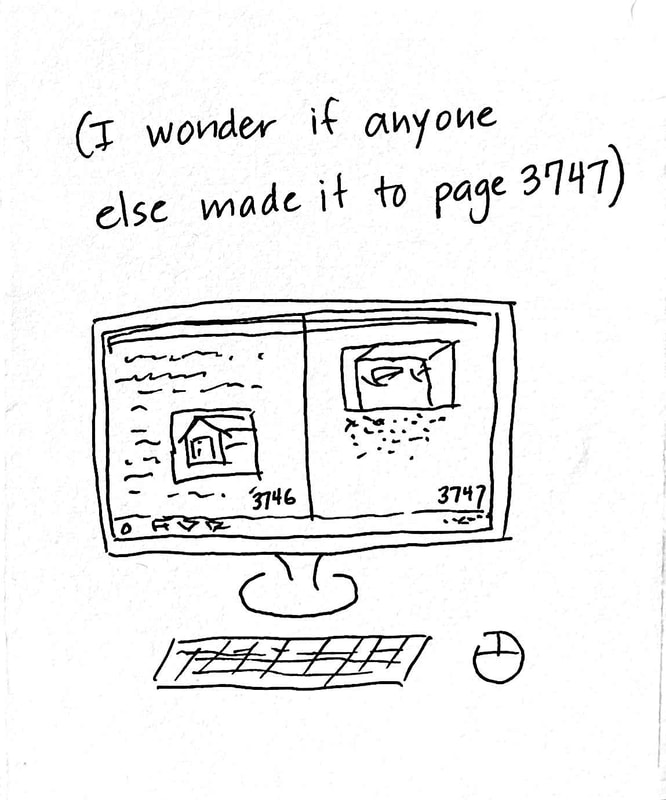

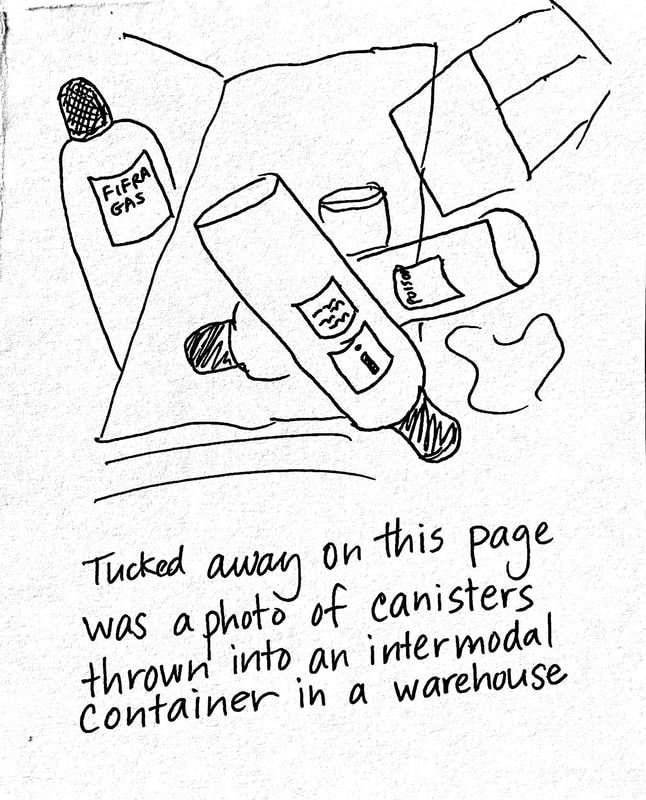
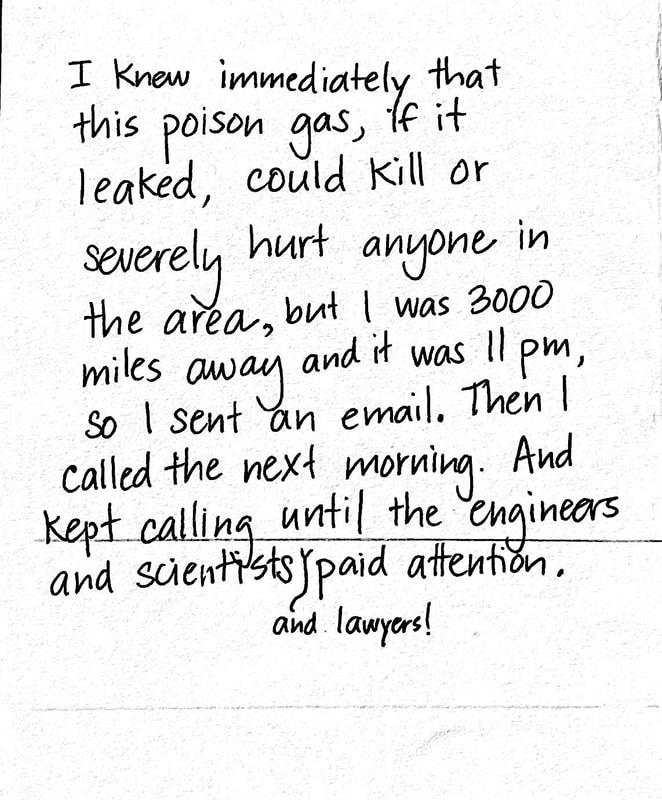
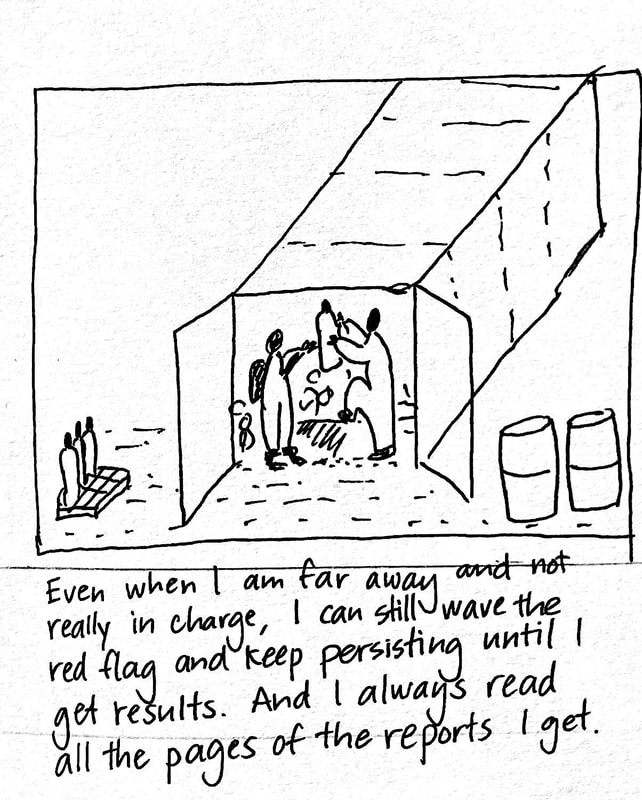
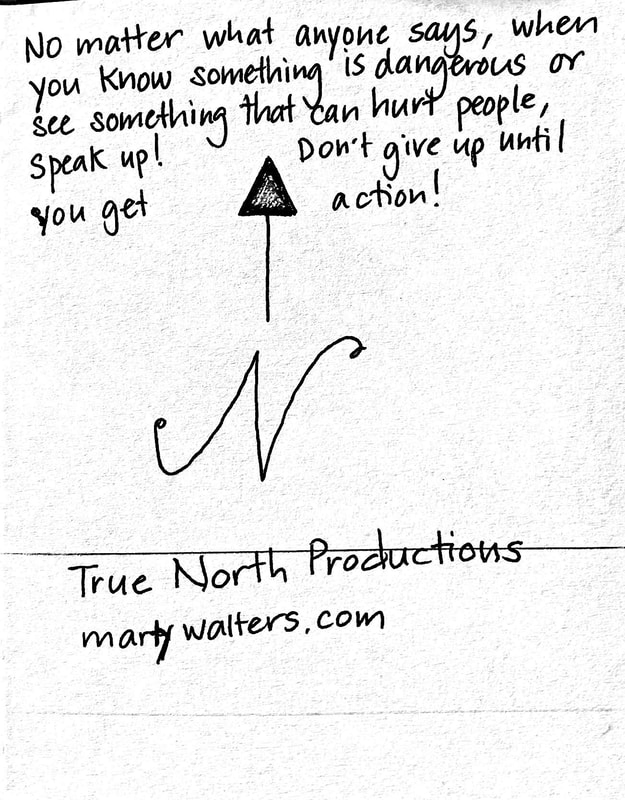
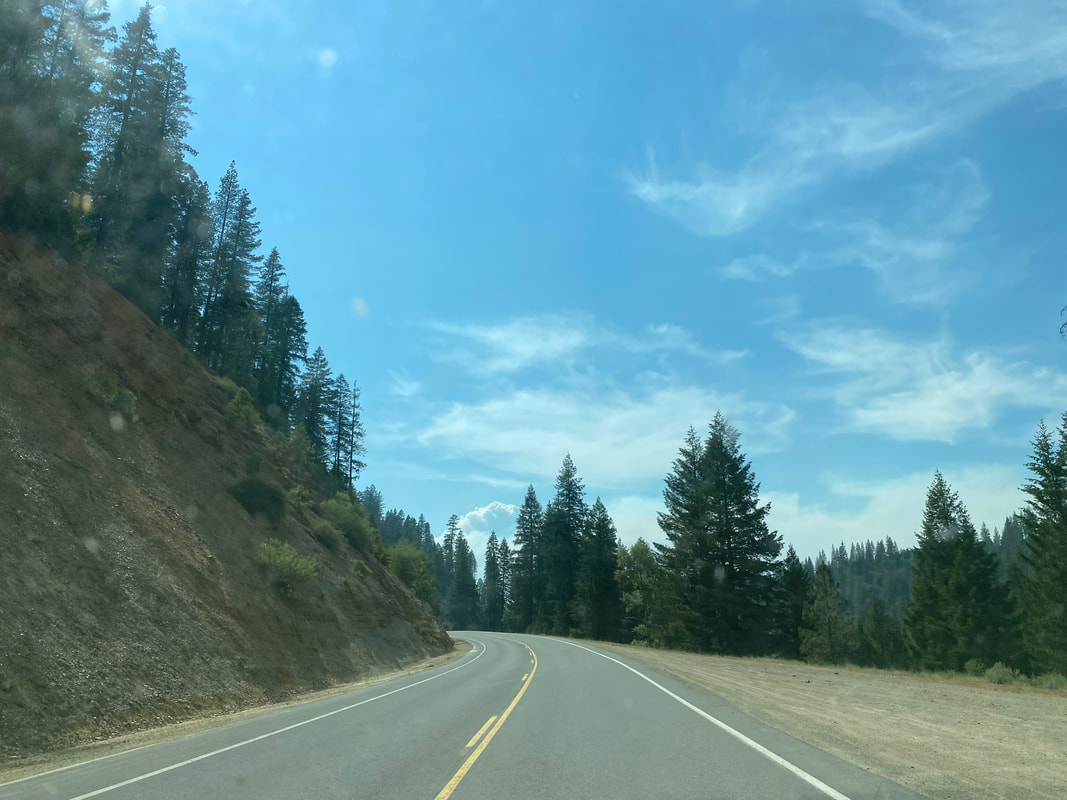
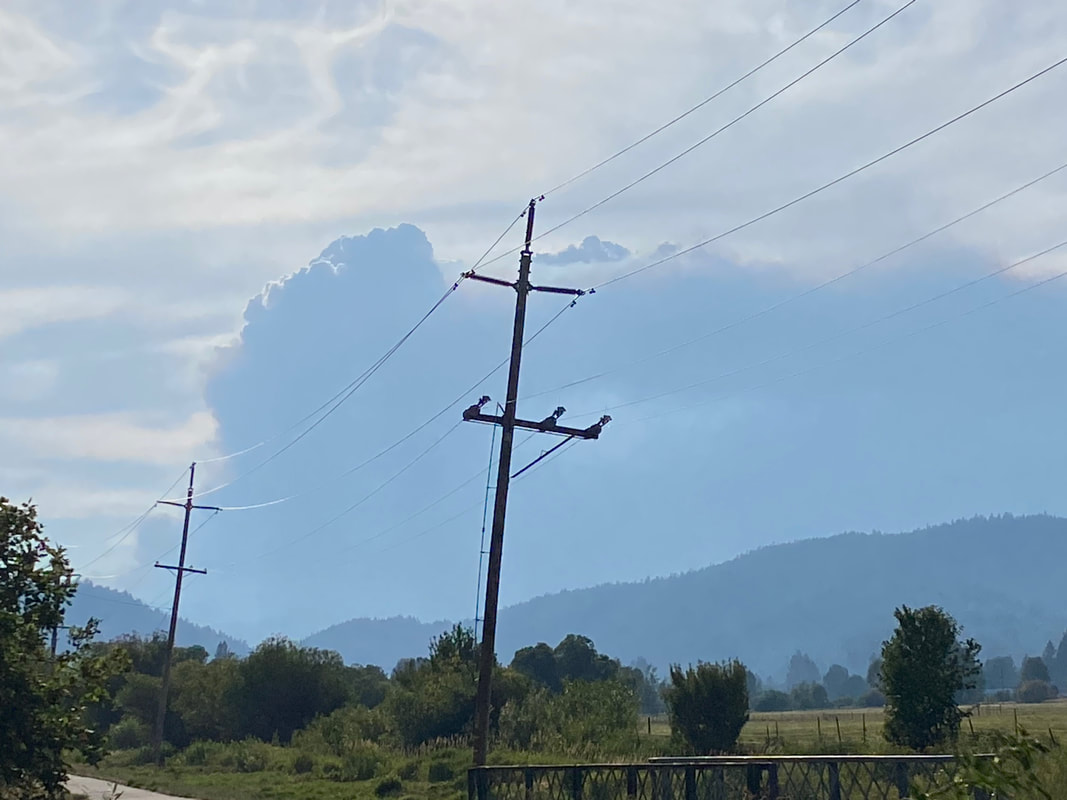
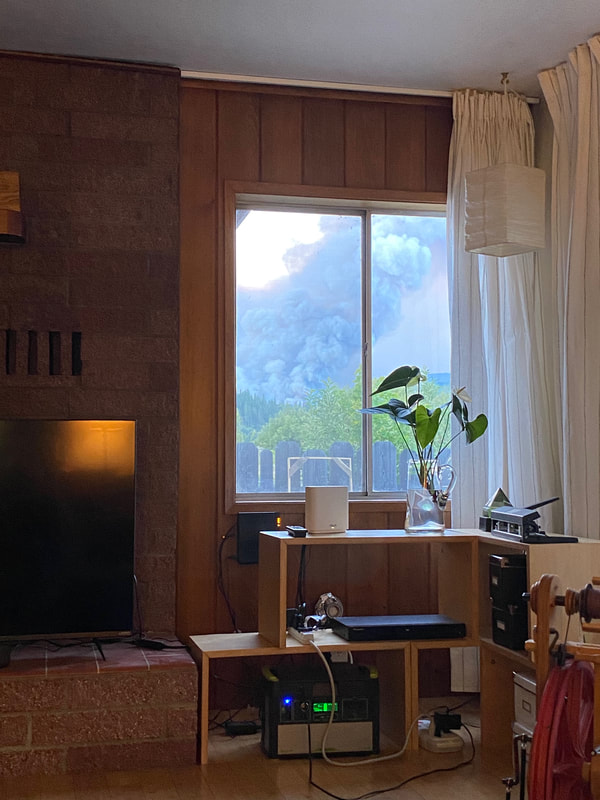
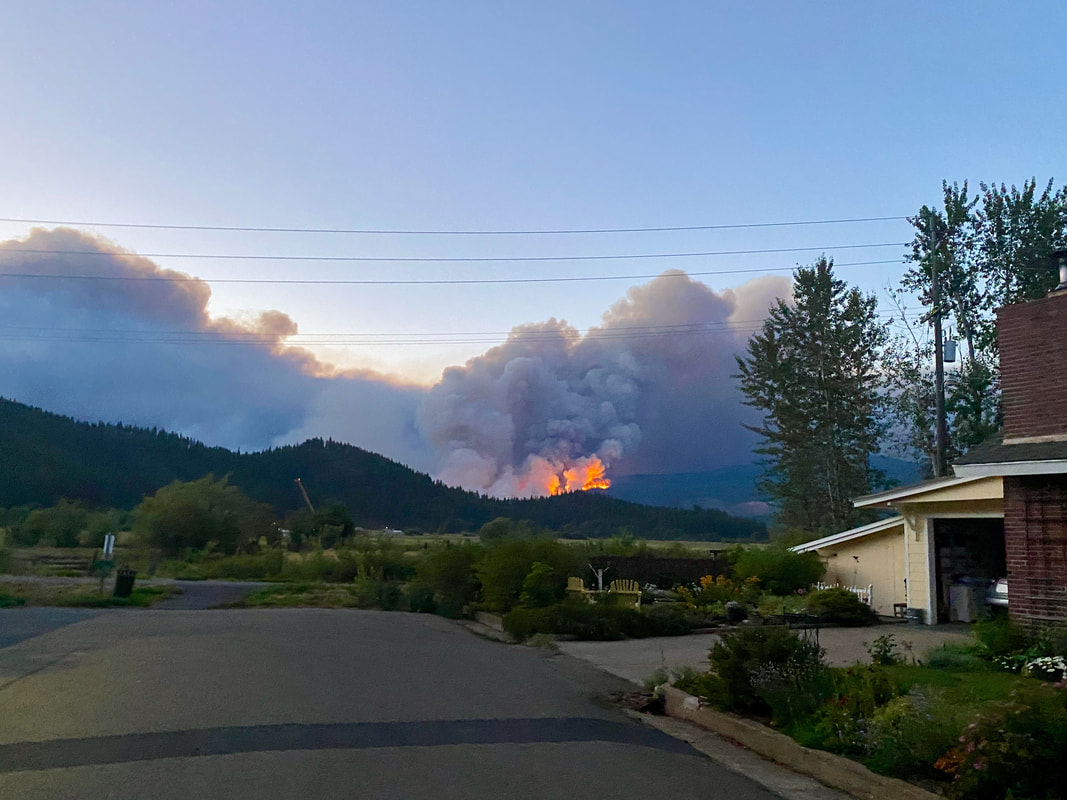
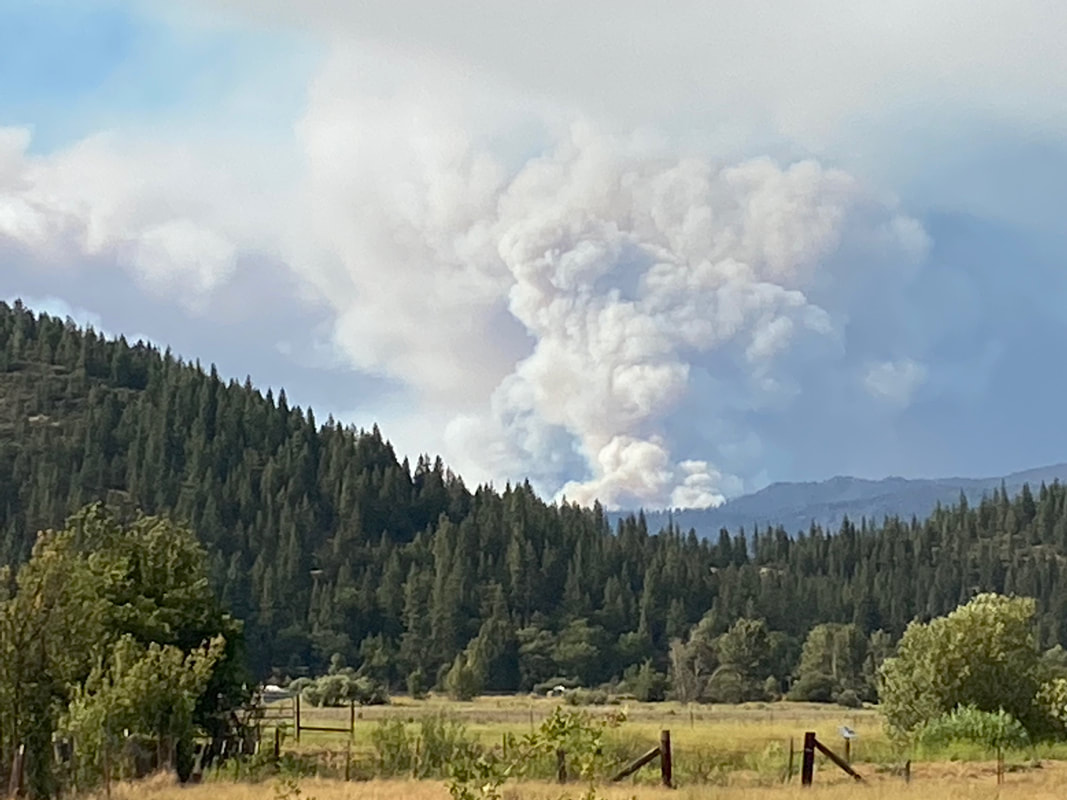
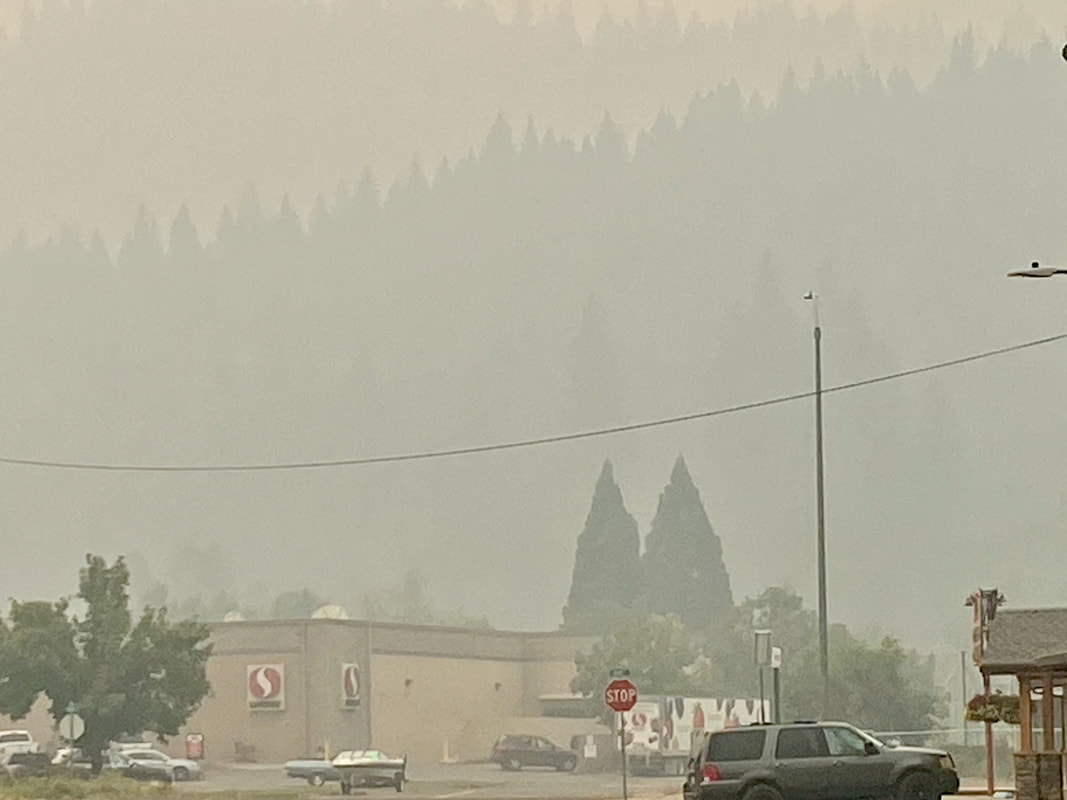

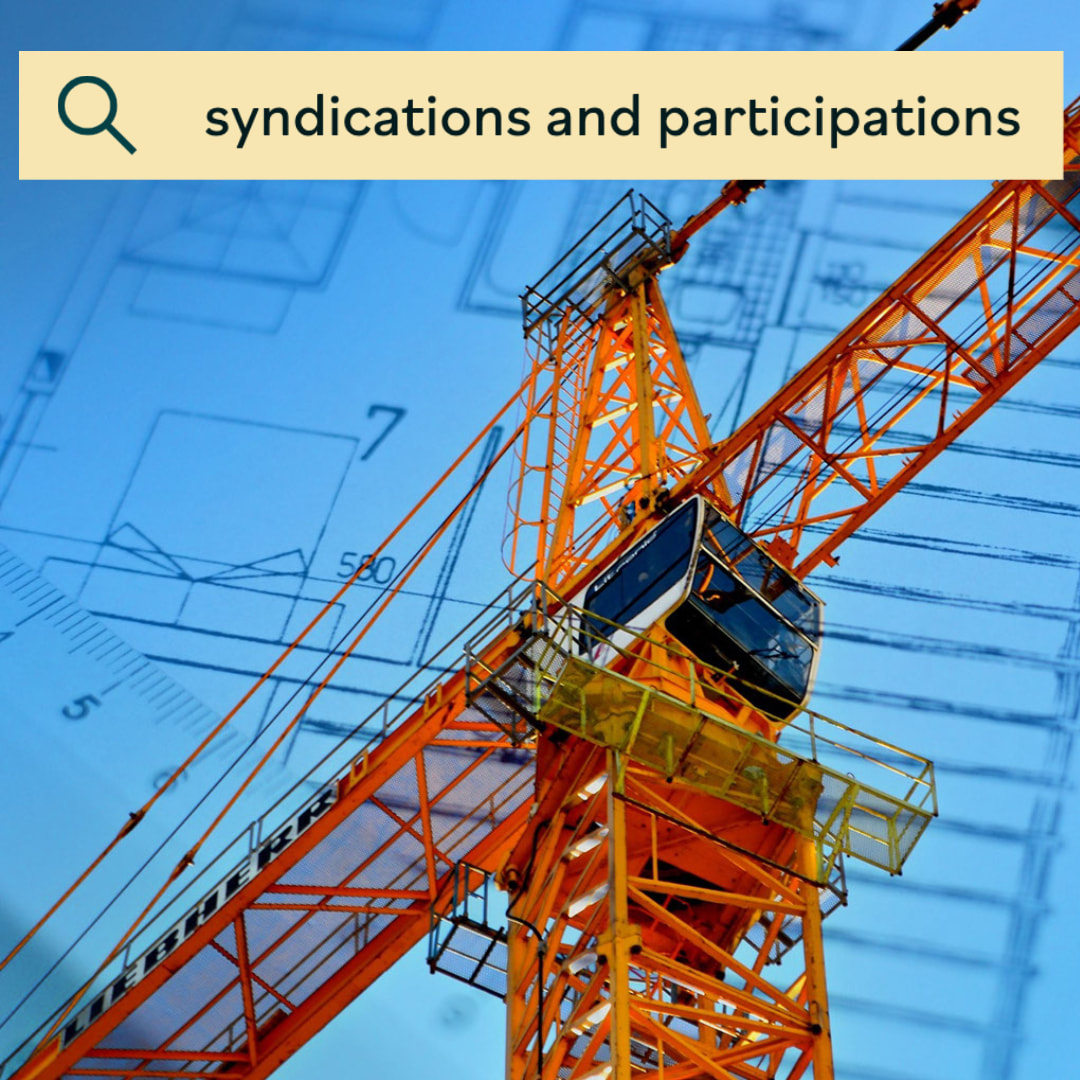
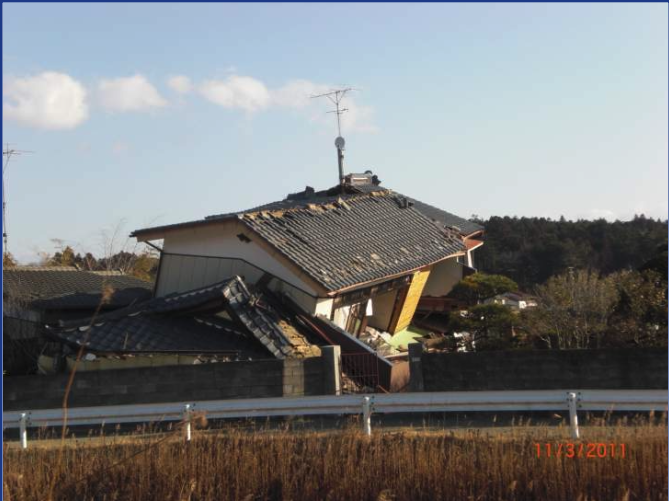
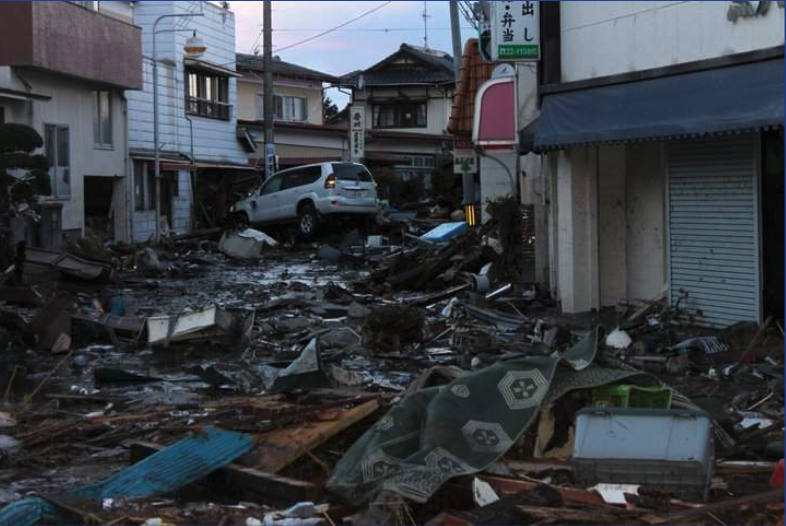

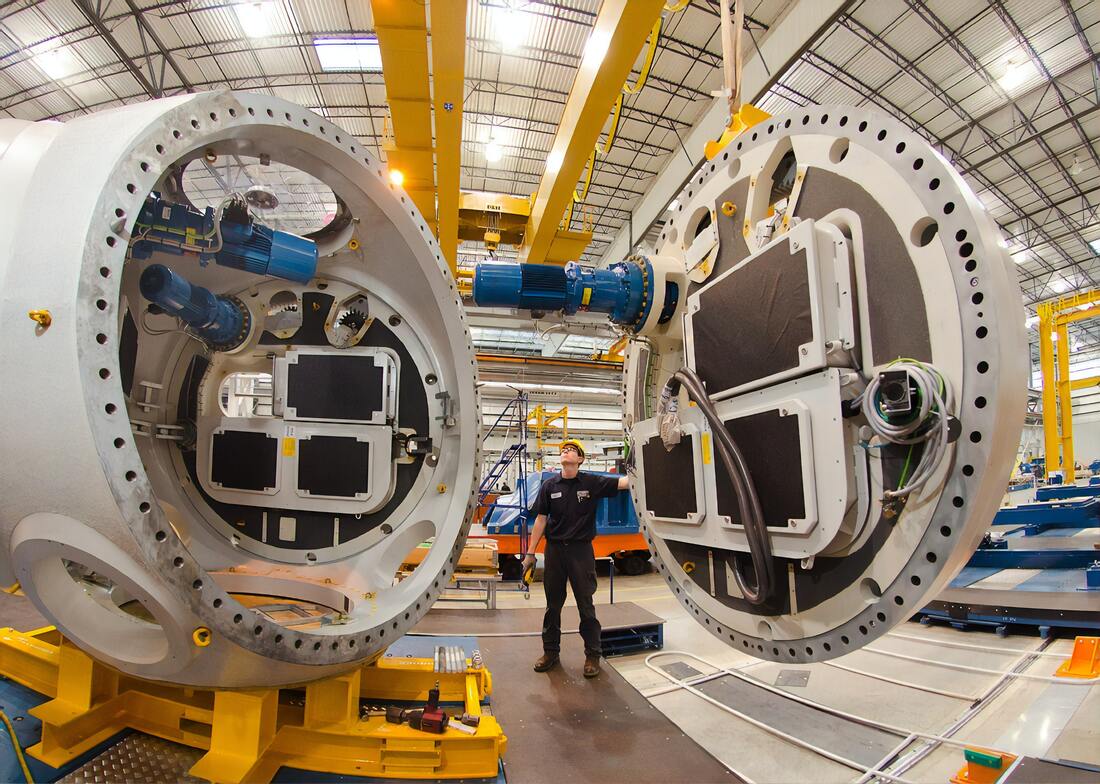
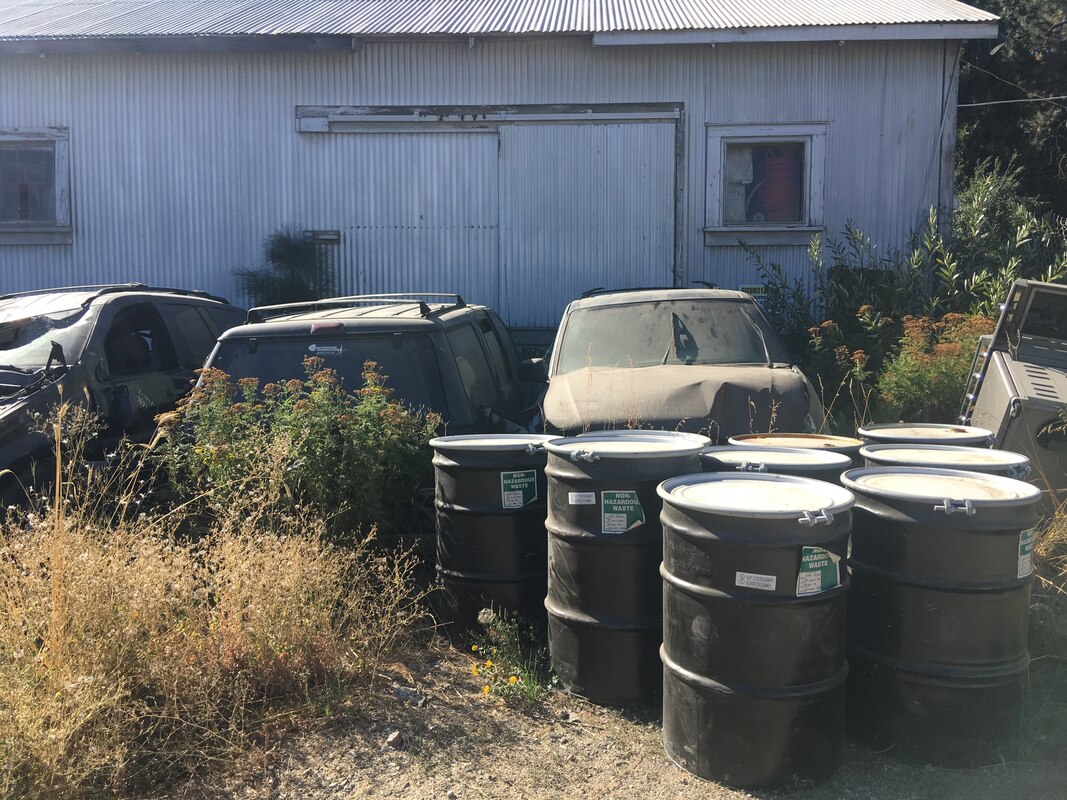
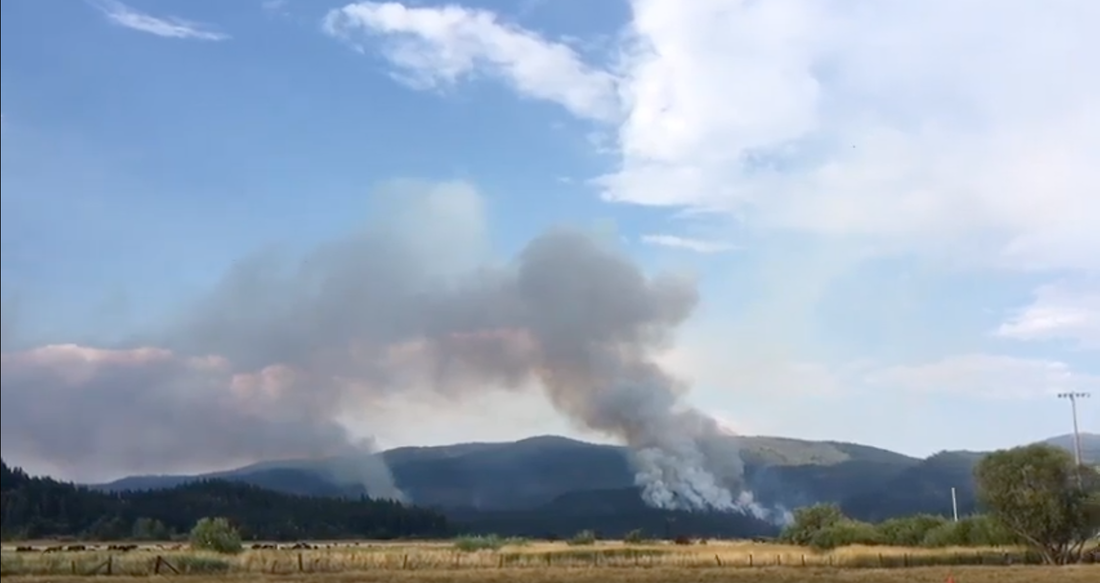
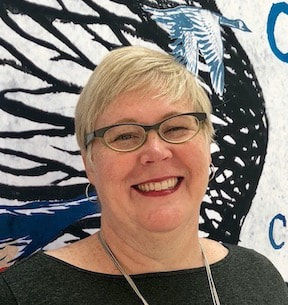
 RSS Feed
RSS Feed